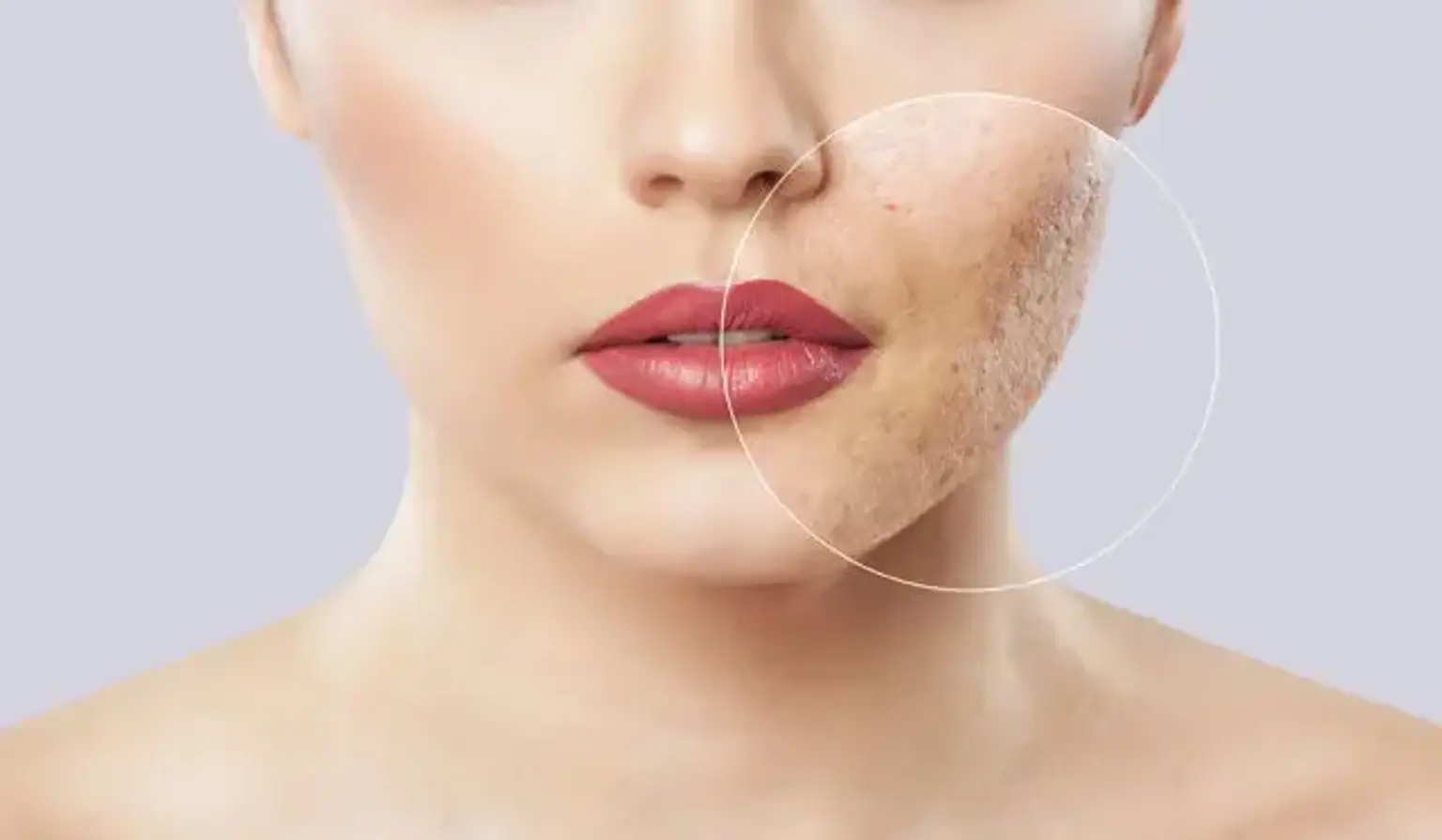Acne scars
Acne is every teenager’s nightmare and can make one embarrassed or self-conscious about his or her skin. Sometimes, people suffer from extreme acne cases that tend to leave behind hideous scars on the affected areas. Although some acne types can heal and disappear over time without leaving any mark, others cause noticeable scars.
In case you are in such a situation, then you are not alone. Many individuals out there are struggling to get rid of or trying to hide the stubborn scars. Read on to understand the nature of acne scars, types, and the available forms of treatment.
